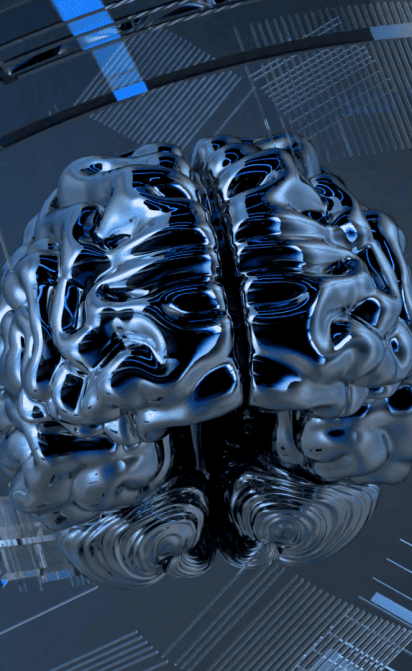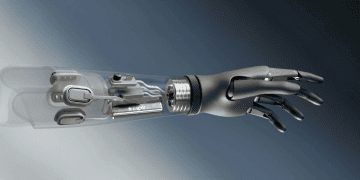- Direction:
- GovTech
How the Digital Register of Medicinal Products is Transforming Ukraine’s Healthcare System?
- Publication date and time:
- Reading time:
- 4 min

Quick access to reliable information about medicinal products is crucial for healthcare professionals, pharmacists, and patients. In many countries, including Ukraine, issues such as counterfeit drugs, inaccurate data on medicines, and bureaucratic hurdles in the registration process require systemic solutions. For instance, at the beginning of this year alone, over 3.4 million counterfeit pills were seized during Operation SHIELD V, coordinated by the European Anti-Fraud Office (OLAF) in collaboration with customs authorities from 12 EU member states.
In Ukraine, amid wartime conditions, drug counterfeiting is particularly dangerous as it can be exploited by the enemy. There have been cases where police seized counterfeit Russian medicines that were sold to cancer patients.
That is why the Ministry of Health of Ukraine has launched a large-scale initiative to modernize the State Register of Medicinal Products. Ukrainian GovTech company Strimco became one of the technical partners in the implementation of this project. Here’s a closer look at the newly updated register.
Beyond Fraud Protection: Why Did Ukraine Create a New State Register of Medicinal Products?
The State Register of Medicinal Products of Ukraine (SRMP) is a unified information system that contains all current and historical data on medicinal products approved for production and use in the country. This includes their composition, pharmacological action, indications, and contraindications. The register ensures the identification of manufacturers and distributors, statistical monitoring, and transparency of information on all available medications.
The first centralized Register of Medicinal Products in Ukraine was created in the early 2000s. However, in February 2022, Ukraine applied for EU membership, accelerating its European integration and, consequently, its adaptation to new legislation. The old SRMP did not comply with the ISO IDMP (Identification of Medicinal Products) standard. In practical terms, this meant that Ukraine’s register could not exchange data on medicinal products with European systems.
Secondly, updating the SRMP was necessary to improve the functionality of Ukraine’s healthcare institutions and services. A prime example is the Electronic Healthcare System of Ukraine (EHSU). This system includes an e-prescription function, allowing doctors to prescribe medications to patients. Ideally, these prescriptions should automatically pull accurate data from the Register. However, before the update, the SRMP lacked an API (automated software integration) with EHSU. Now, this functionality is partially operational.
Moreover, the updated SRMP potentially enables a shift from prescriptions specifying particular medicines to documents listing only active ingredients. For example, a dermatologist may prescribe salicylic acid, which is present in various ointments. With such prescription, the patient can choose among multiple equivalents available at nearby pharmacies or opt for a more affordable alternative.
Prescriptions based on active ingredients also help prevent corruption risks. In Ukraine, pharmaceutical companies often made agreements with doctors to prescribe their specific products, allowing certain companies to exploit preferential or even monopolistic positions.
Beyond EHSU, SRMP integration was crucial for the state enterprise «Medical Procurement of Ukraine,» which handles government-funded medicine procurement for hospital treatment nationwide. Surprisingly, the Ministry of Youth and Sports was also awaiting the register update, as they needed comprehensive information on drugs containing substances banned in sports but legally available in Ukraine.
Ultimately, the SRMP update resolved numerous bureaucratic issues for the Ministry of Health. The previous Register contained a limited and simplified set of data on medicines. The new system retains comprehensive details, including packaging types, dosages, and more. This functionality is especially valuable when restricting the distribution of defective drug batches or handling other unique situations.
Public Access to Medicine Information
So far, we have primarily discussed the benefits of updating the Register for public administration. However, the system upgrade also included a user-friendly public portal for citizens. Through this portal, individuals can access all information on authorized medicines in Ukraine. This feature is particularly important for patients with rare or severe diagnoses, allowing them to find alternatives if certain medicines are unavailable at pharmacies or check the legal status (registration) of specific drugs in Ukraine.
Indirectly, SRMP also protects citizens' rights in cases of side effects or harm caused by medicines, as it helps identify potential issues. Overall, making such sensitive medical data maximally transparent simplifies public oversight and control over the pharmaceutical sector.
The new public portal has not yet been launched, and the full functionality of the new Register is still under development. However, the Ministry of Health continues to work on this and many other digital healthcare reforms.
Ukraine’s experience in developing MedTech solutions and adapting them to international standards will be particularly valuable for countries on their path to European integration, as well as for other nations with similar healthcare systems. The GovTech Alliance and Strimco are ready to share expertise and offer unique solutions for other governmental systems.
This article was prepared by the GovTech Alliance of Ukraine (GTA UA)


